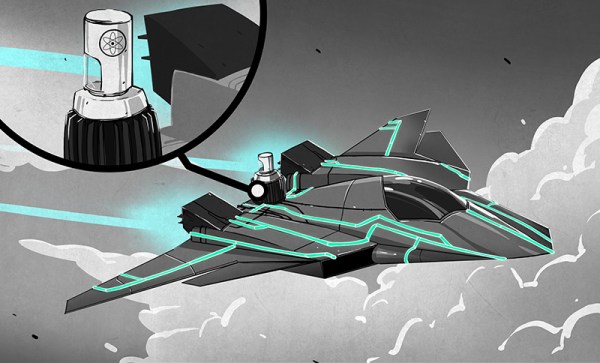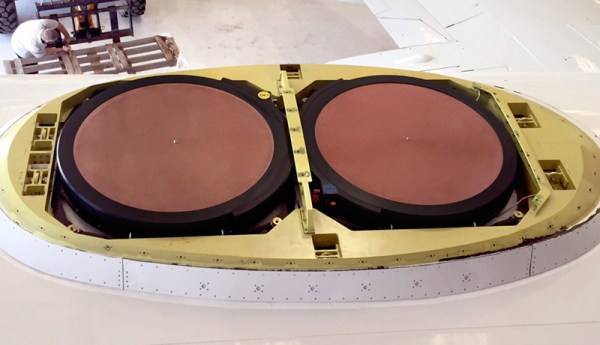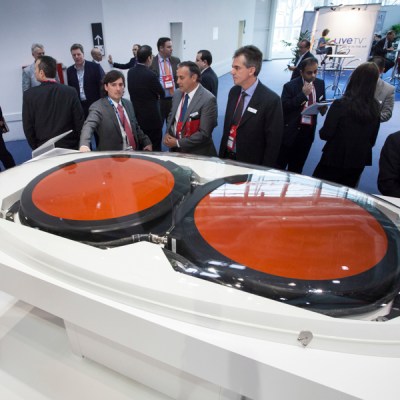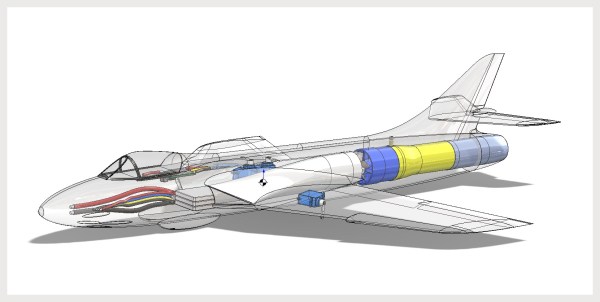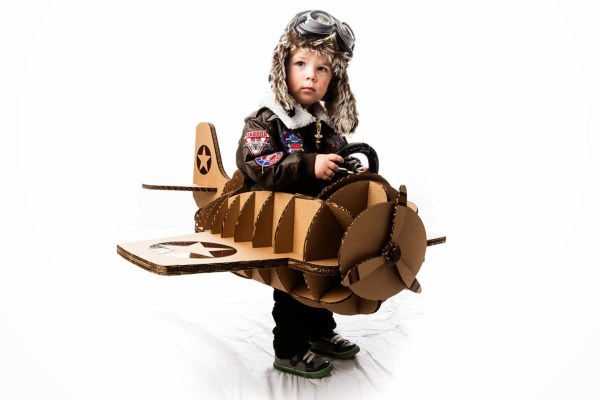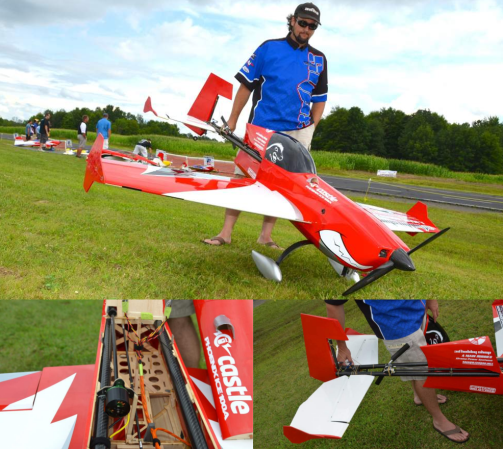Boeing’s B-17 was the most numerous heavy bomber of World War II, and its reputation of being nigh indestructible in the face of Messerschmidts and flak cannons is stuff of legend. The first flight of the B-17 was in 1935, and a decade later at the close of World War II, the B-17 would begin to show its age. It could only carry 6,000 pounds of ordnance; the first atomic bombs, Little Boy and Fat Man, weighed 9,700 pounds and 10,300 pounds, respectively. The Avro Lancaster notwithstanding, a new aircraft would be needed for the Allied invasion of Japan. This aircraft would be the Boeing B-29 Superfortress.
On paper, the B-29 nearly holds its own against all but the most modern bombers of aviation history. Yes, the B-29 is slow, but that’s only because jet engines were in their infancy in 1944. This bomber was a forgotten super weapon of World War II, and everyone – Japan, German, Great Britain and the USSR – wanted their own. Only the Soviets would go as far to build their own B-29, reverse engineering the technology from crashed and ditched American bombers.


